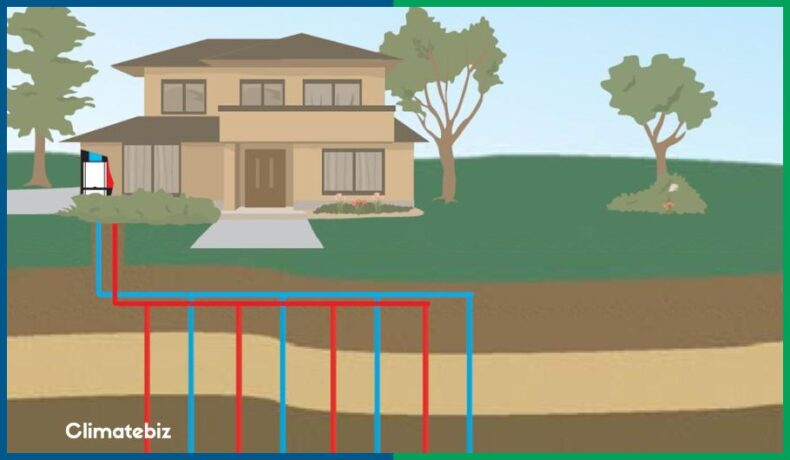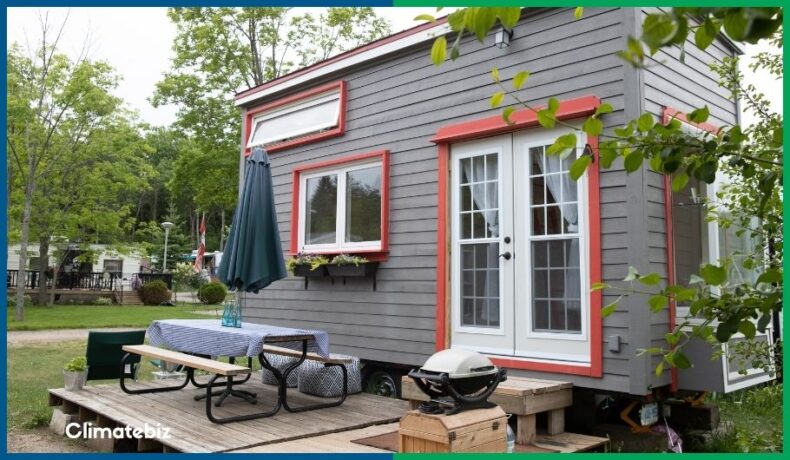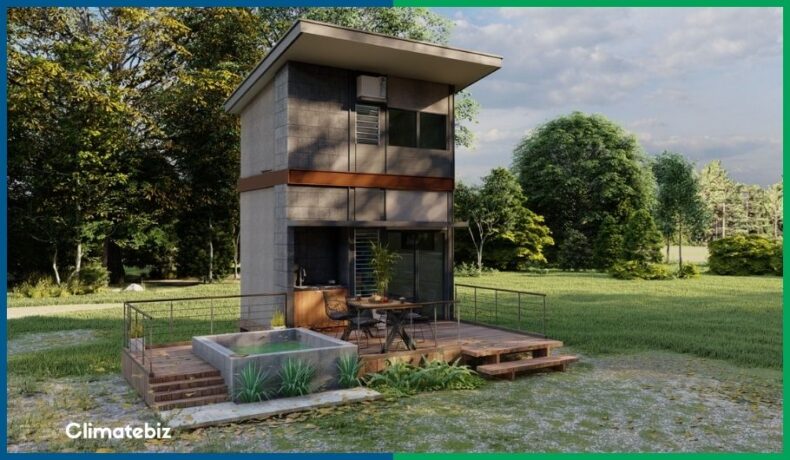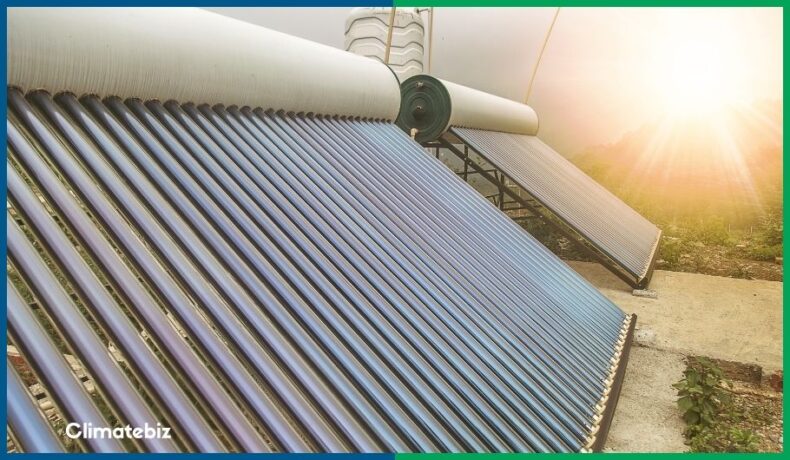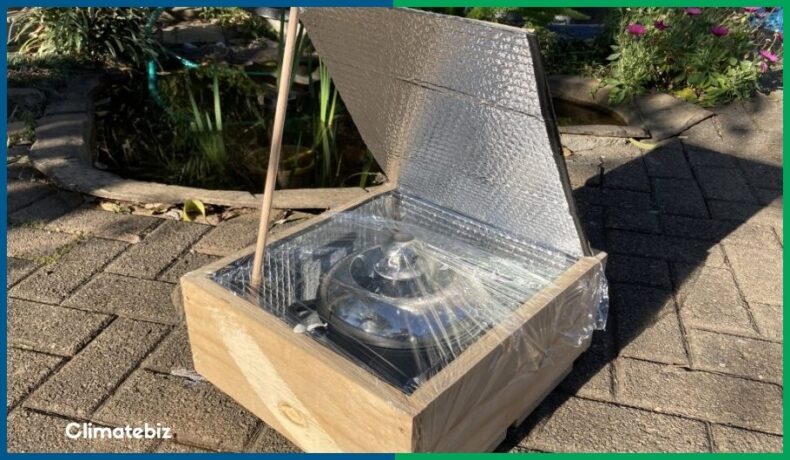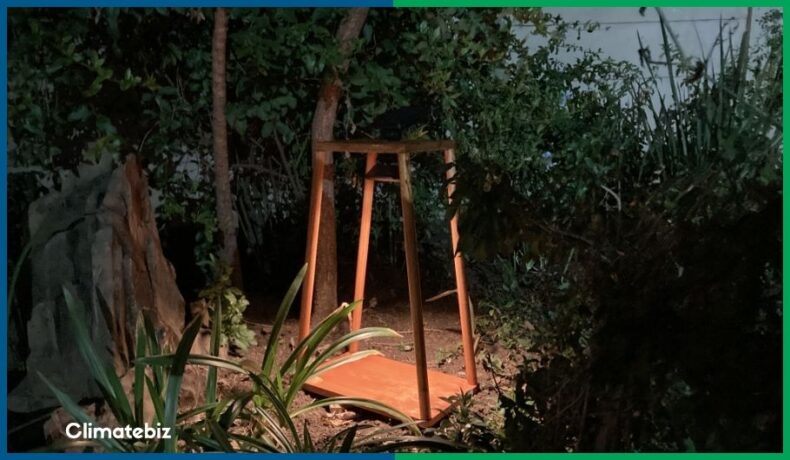15 Ways To Save Electricity In Your Home
Our homes are becoming smarter by the day as we bring in new and exciting technologies. Unfortunately, while these appliances and electronics make our lives easier, they increase our electrical consumption. So, with rising electricity costs, it’s fair to say that now’s a good time to investigate ways to save electricity in your home. According … Read more



